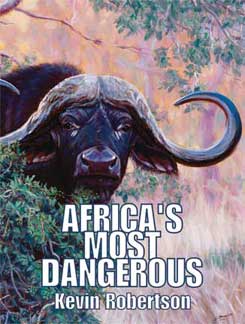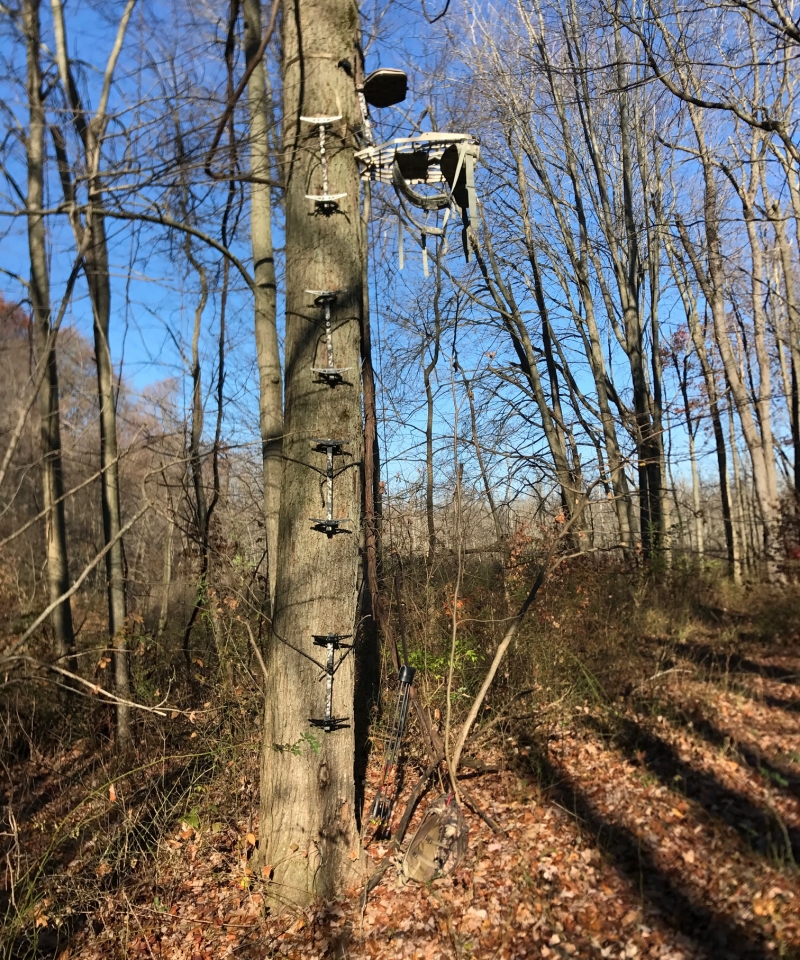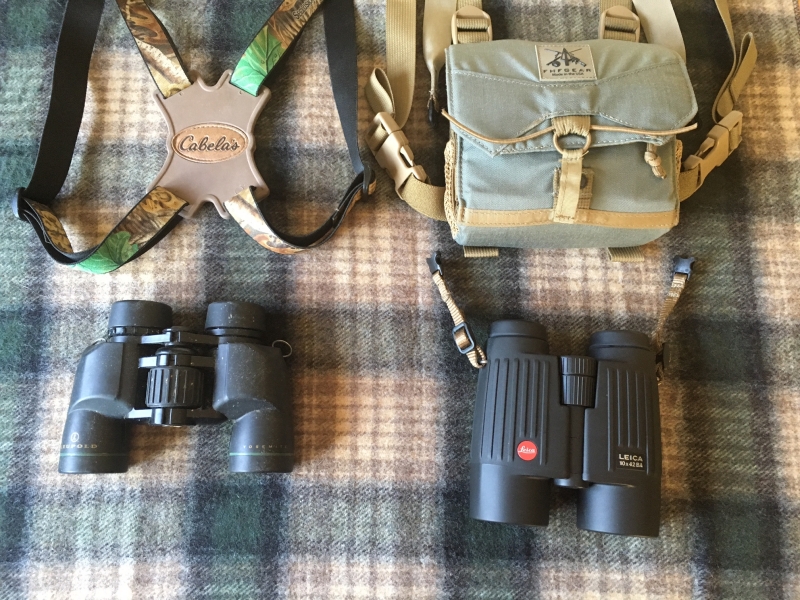
After doing much research and more than a little soul searching, I’ve decided to hunt Africa next year. To be blunt, my desire to hunt a few animals over there has been uncontrollably strong. I want to experience the African bush, meet the people, and pursue the animals. The thing that weighed directly against this idea is the fact I’ve never pursued an animal I didn’t intend to eat.
That last part was a real gotcha for me, I’ve gone back and forth on the idea for years without coming to a clear conclusion. At least, until now. I was very fortunate in harvesting 4 animals this year, and with my freezer being so full I was able to give some meat to friends and family members who cherished the gift. This got me thinking about the stories of a Professional Hunter (PH) I met a while ago. He talked about American and European hunters shooting trophy animals and all of the meat not consumed in camp feeding nearby villagers. I read many accounts from both folks with hunting experiences over there, as well as a few articles from anti-hunters. Both sides gave some excellent points to really help me challenge my internal position.
Land in South Africa is privately owned. Just like ranches in Texas, everyone fences off their land from their neighbors. Whatever animals are within that fence are the property of that landowner. Landowners need to manage the herds at a healthy level so they don’t overpopulate leading to a crash or a disease break out.
That last part is important to understand. There are x number of hectares for a given ranch, only so much food can be grown in that land area. If there are too many impala, some must get killed to prevent them all from starving. These herds will be managed to a given number. Some animals will be killed by either paying hunters, or hired guns.
While other countries in Africa have held more appeal to me personally due to lack of fences, what I’ve come to appreciate about South Africa is just how well they have designed their hunting system. Truly it’s remarkable, when I look at all the different game laws in all the different US states, it’s amazing we don’t take some proven practices from them.

There are just a few animals I get really excited about, the vast majority I could take or leave. I must say the Cape Buffalo is singular in it’s effect on me. It is by far the biggest and most dangerous of any animal I want to pursue in my lifetime. When it came time to plan my hunt, it was the one hunt I had to do.
Dare To Bowhunt is the operation I have chosen to go with. They hunt exclusively with bows, and Lammie himself is a recurve guy from what I’ve heard from some of his past clients. I don’t have a long list of animals I want to hunt in Africa, but I will pursue the Buffalo first and foremost. Being a hog hunter, I really hope to get a chance at a warthog. I’ve also heard that impala is delicious (and VERY abundant on the property) so I’d like to harvest one of them too.
Given that a longbow Buffalo hunt is a pretty serious endeavor, I started preparations back in September. First thing was to come up with a workout plan to slowly build up to a point where I could comfortably handle my 85# longbow again. Most important part of the plan was minimizing the risk of injury ahead of the hunt. I have read and reread repeatedly Africa’s Most Dangerous and Buffalo! which I borrowed from my friend James.
January will bring the purchasing of some boots better suited for this environment, moving up to my 75# longbow for winter leagues, and purchasing airfare. It feels good to be doing so many preparations this far out, hopefully it will remove stress as the time gets closer.



